Nostalgia marketing harnesses the power of fond memories, tapping into our emotional connections to the past. It evokes feelings of warmth and familiarity, drawing consumers in like a magnet. This strategy isn’t just about reminiscing; it’s about leveraging those sentimental moments to create brand affinity and loyalty.
Brands that successfully connect with their audience through nostalgia often see remarkable results. They evoke emotions tied to cherished experiences, making products not just items but symbols of beloved times gone by. Companies have turned back the clock in innovative ways—revamping classic products or reintroducing iconic advertising campaigns.

In this post, we’ll explore notable case studies from well-known brands that have masterfully utilized nostalgia marketing. These successful campaigns not only showcase the potential for increased sales but also reveal how cleverly weaving nostalgia into your strategies can pay off big time in consumer appeal. Let’s dive into these brand success stories and discover what makes them so impactful!
Case study 1: Coca-Cola’s
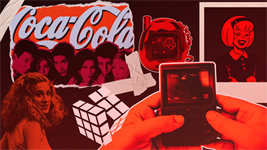
Coca-Cola has long mastered the art of nostalgia marketing. Their iconic holiday campaigns featuring the Coca-Cola truck and Santa Claus tug at heartstrings every year.
In 2019, they launched a campaign celebrating its classic slogan, “Taste the Feeling.” This initiative brought back memories for many who grew up with Coca-Cola during festive seasons.
The brand also tapped into nostalgia through limited-edition retro packaging. Vintage designs transported consumers back to simpler times, sparking conversations about shared experiences over a Coke.
These elements demonstrate how effective nostalgic advertising can be in creating emotional connections. By invoking feelings tied to cherished moments, Coca-Cola successfully strengthened its brand loyalty while driving significant sales growth.
This case study highlights how powerful collective memories can be when woven into marketing strategies. Brands looking to replicate such success should focus on authenticity and relatability in their approach.
Case study 2: Nintendo’s release of the NES Classic Edition
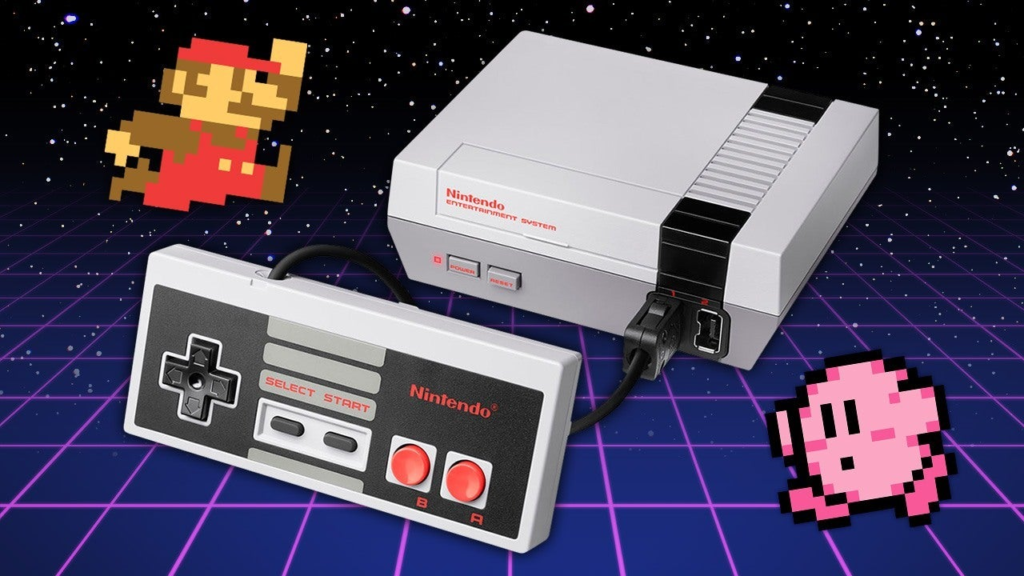
Nintendo’s release of the NES Classic Edition in 2016 ignited a wave of nostalgia among gamers. This compact console, resembling the original Nintendo Entertainment System from the 1980s, came pre-loaded with 30 classic games. Titles like “Super Mario Bros.” and “The Legend of Zelda” drew both seasoned players and newcomers alike.
The strategy was straightforward yet brilliant: tap into cherished childhood memories. For many adults, these games represented carefree days spent glued to screens with friends or siblings. The nostalgic design struck a chord deep within their consumer hearts.
Moreover, this campaign highlighted how effective nostalgic advertising can be for brand revitalization. It brought older consumers back while captivating younger audiences eager to experience retro gaming without diving into outdated tech.
Nintendo’s clever marketing transformed simple game remakes into cultural events, showcasing that nostalgia is more than just a feeling—it’s an opportunity for brands to thrive through emotional connections.
Case study 3: McDonald’s bringing back the McRib sandwich
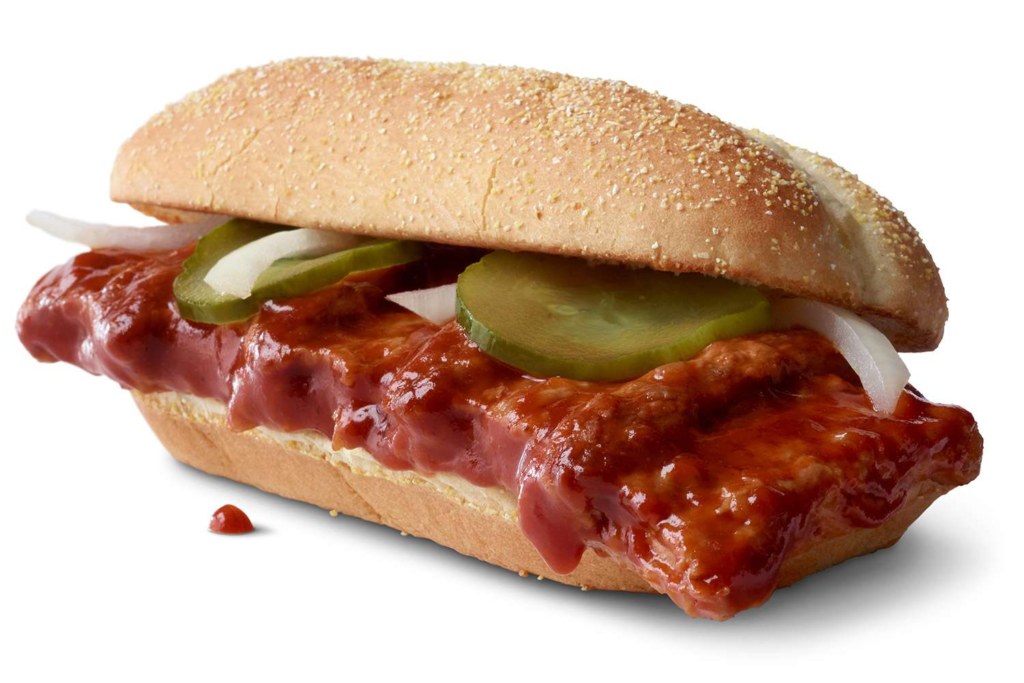
McDonald’s McRib sandwich is a prime example of nostalgia marketing in action. This iconic menu item has been delighting taste buds since its debut in the early 1980s. Its sporadic reappearances create buzz and excitement among fans.
When McDonald’s announces the return of the McRib, social media lights up with enthusiasm. Customers share memories and photos, reinforcing the emotional connection to this beloved product. The anticipation builds each time as loyal fans eagerly await its limited-time offer.
This strategy not only drives foot traffic but also boosts brand loyalty. Consumers feel part of an exclusive club when they enjoy something that isn’t always available.
By tapping into consumers’ fondness for their childhood experiences, McDonald’s harnesses powerful nostalgic advertising effectively. It showcases how a well-timed revival can reignite interest and drive sales through sheer consumer appeal, making it one of those standout brand success stories in nostalgia marketing.
Impact of nostalgia marketing on brand loyalty and sales
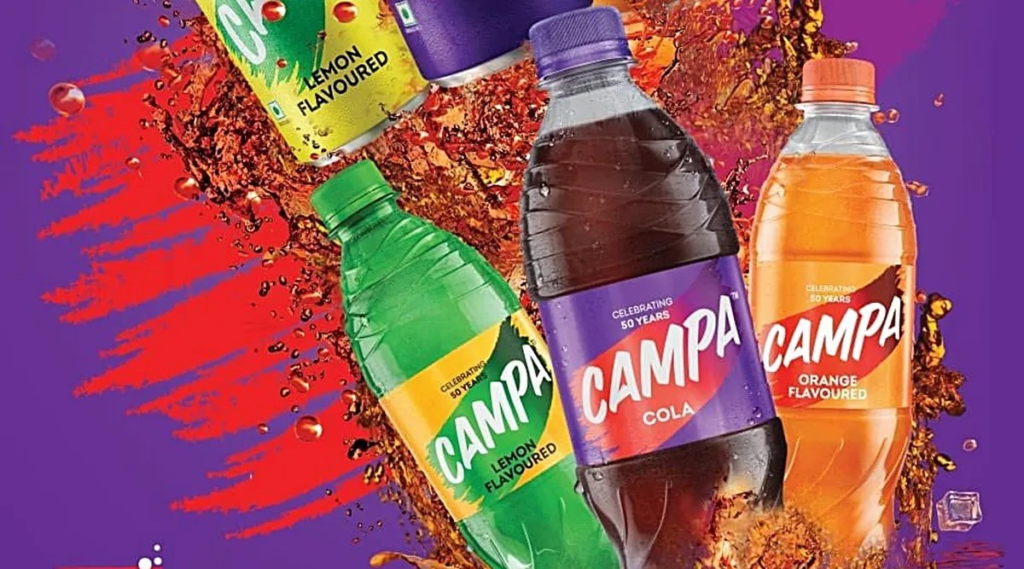
Nostalgia marketing has a powerful impact on brand loyalty. When consumers connect emotionally with a brand through shared memories, they are more likely to remain loyal. This emotional resonance creates a sense of familiarity that fosters trust.
Sales often see a significant boost when brands tap into nostalgia. By evoking fond memories, companies can enhance consumer appeal and drive purchases. Shoppers feel an instant connection to products that remind them of their youth or simpler times.
Moreover, nostalgic advertising can encourage word-of-mouth promotion. People love sharing cherished memories associated with certain brands, creating buzz and generating interest among new audiences.
This strategy is not just about remembering the past; it’s about leveraging those emotions for modern success. Brands that master this art can transform fleeting trends into lasting relationships with consumers while achieving impressive sales figures along the way.
Potential risks and challenges of using nostalgia in marketing
Nostalgia marketing can be a double-edged sword. While it often evokes positive emotions, using it ineffectively can backfire. Misjudging your audience’s nostalgia triggers may alienate younger consumers who don’t relate to the references.
Additionally, relying too heavily on past successes might stall innovation. Brands risk stagnation if they lean solely on nostalgic elements instead of evolving their offerings.
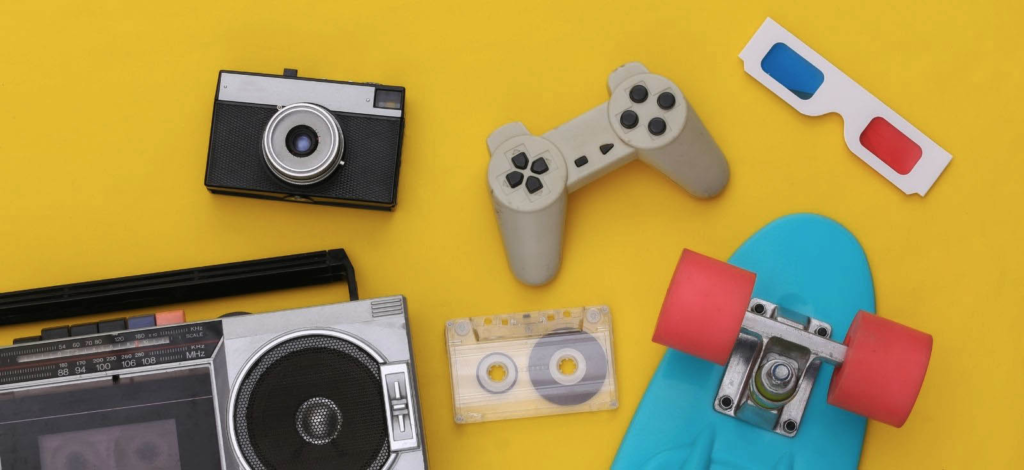
There’s also the danger of overexposure. If a brand constantly revisits its glory days, consumers may grow tired of the same old themes and lose interest in future campaigns.
Not all memories are fond ones. Tapping into sensitive or controversial aspects of nostalgia could lead to backlash rather than appreciation from your target market. Balancing sentimentality with relevance is crucial for any successful campaign strategy that employs nostalgia effectively.
Conclusion and tips for incorporating nostalgia into your brand strategy
Nostalgia marketing has proven to be a powerful tool for brands seeking deeper connections with their audience. Successful campaigns tap into cherished memories, creating an emotional bond that can boost brand loyalty and sales.
To effectively incorporate nostalgia into your brand strategy, start by understanding your target audience. Know what resonates with them, whether it’s movies from their childhood or iconic products from yesteryears.
Utilize visuals and storytelling in your marketing efforts. A well-crafted narrative can evoke strong feelings of nostalgia while showcasing how your brand fits within those fond memories.
Consider limited-time offers or special editions of nostalgic products. This creates urgency and excitement, encouraging consumers to relive their past experiences with your brand.
Be mindful of the potential risks involved. Not all nostalgia will resonate positively; make sure it aligns authentically with your current branding and values.
By following these tips, you can create successful case studies in nostalgic advertising that not only capture attention but also foster lasting consumer appeal. Embrace the power of nostalgia—it could very well become one of your most effective marketing strategies yet.
Stay tuned for more updates only on QAWire
